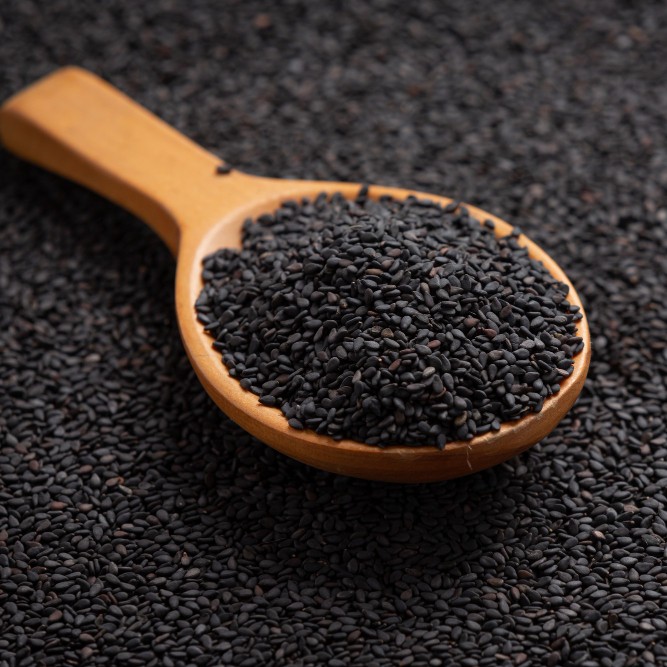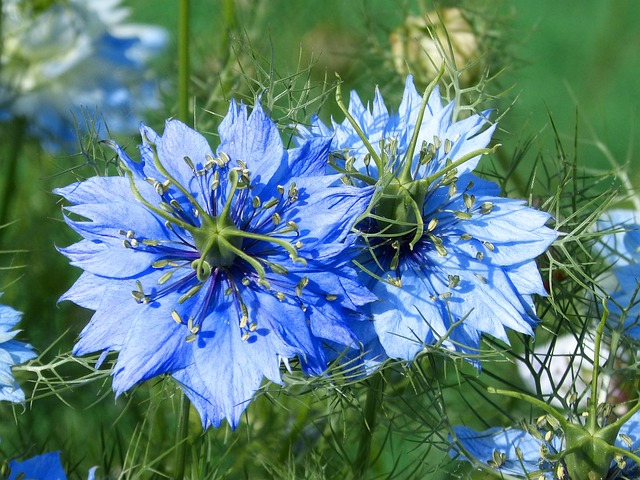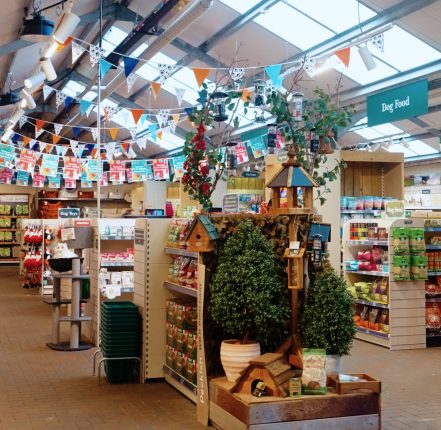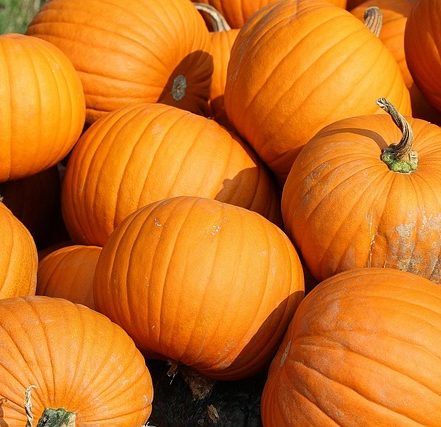Looking for a flower that combines delicate beauty with effortless charm? Look no further than Nigella, a delightful annual that brings a touch of whimsy to any garden. Known by its more romantic common name, ‘Love-in-a-Mist’, this plant is a favourite in cottage gardens and for anyone who loves a flower that’s as easy to grow as it is beautiful.
After the flowers fade, they are replaced by equally decorative, balloon-shaped seed pods. These pods are a star in their own right, adding architectural interest to the garden and making them perfect for dried flower arrangements. The name Nigella itself comes from the Latin word for black (niger), a reference to the plant’s distinctive dark seeds. While the seeds of some Nigella species (like Nigella sativa, or black cumin) are used in cooking, it’s the ornamental Nigella damascena that truly steals the show in the garden.
How to Plant and Care for Nigella
Nigella is a fantastic choice for both seasoned gardeners and beginners. It’s remarkably unfussy and low-maintenance.
Planting
- Where to plant: Nigella thrives in a sunny spot with well-drained soil. It will also tolerate partial shade. While it can grow in poor or dry soil, it will produce more vibrant flowers in a fertile, well-draining mix.
- Sowing seeds: The best and easiest way to grow Nigella is by sowing seeds directly where you want them to grow. They have a long taproot and do not like to be transplanted, so avoid starting them in pots indoors if possible.
- When to sow: For a continuous display of flowers, sow seeds every few weeks from early spring through to mid-summer. In areas with mild winters, you can also sow in the autumn for an early flush of flowers the following year.
- The process: Simply scatter the seeds thinly over the prepared soil and lightly rake them in. You only need to cover them with a very thin layer of soil. Once the seedlings are large enough to handle, thin them out to about 6 to 9 inches apart to give each plant enough room to grow and flourish.
Caring for Your Nigella
- Watering: Nigella plants have average water needs. They appreciate consistent moisture, especially during dry spells, but they don’t like to sit in waterlogged soil.
- Feeding: While not strictly necessary, you can give your plants a boost by adding a general-purpose fertilizer when you sow the seeds, and again about a month later.
- Deadheading: To encourage more blooms and extend the flowering period, you can deadhead the spent flowers. However, if you want to enjoy the beautiful seed pods, it’s best to let some of the flowers go to seed. Allowing some pods to form also means your plants will likely self-sow, giving you new plants to enjoy next year!
- Pests and diseases: One of the great things about Nigella is that it’s generally trouble-free, with very few problems from pests or diseases.
With its delicate foliage, beautiful flowers, and fascinating seed pods, Nigella is a must-have for any garden. It’s a plant that just keeps on giving, from a quick and easy start to a long season of interest. Come by our garden centre to find a wide selection of Nigella seeds and potted Nigella.




